La Rioja is always a safe bet as a tourist destination to enjoy a getaway, whether for a weekend or a long weekend. The cultural, gastronomic and family activities on offer in this region are of the widest variety. In other words: those who come to La Rioja never get bored.
As if this were not enough, La Rioja is also considered a territory with a highly valuable geographical, scenic and climatic homogeneity, which has led UNESCO to declare it a World Biosphere Reserve.
With all this information, are you still thinking of visiting La Rioja in the near future? In the following post we discover why La Rioja is a Biosphere Reserve and we suggest a route through its most outstanding tourist sites.
What is a Biosphere Reserve?
In an effort to raise awareness about the use of natural resources and to promote what is known today as sustainable development, UNESCO launched the Man and the Biosphere Programme in 1971. This programme would select geographical sites representative of the planet's different habitats, ranging from terrestrial to marine ecosystems. It is precisely these sites that are known as Biosphere Biosphere Reserves and, although they are internationally recognised, they are not covered by any international treaty, but are to be managed by the country itself.
These Biosphere Reserves are selected for their scientific interest. In addition to the protection and conservation of biodiversity, the economic and human development of the area, education, research, etc., is also a function of these areas.
In Spain, the RERB (Spanish Network of Biosphere Reserves) includes all the Spanish Biosphere Reserves (BR) designated by UNESCO. In 2016, this network reached the number of 48 Biosphere Reserves distributed in 15 of the 17 autonomous communities, three of which are transboundary and one of which is intercontinental.
Leza del Río Leza. Author: http://www.reservadelabiosfera.com/
Why is La Rioja a Biosphere Reserve?
The Biosphere Reserve of La Rioja was declared as such on 3 July 2003 and is located in the south-eastern limit of the community, occupying almost 24% of the regional territory (116,669 hectares) perfectly distributed in 4 valleys: Leza, Jubera, Alhama and Cidacos.
The homogeneity of this territory on a geographical, climatic and landscape level has helped La Rioja to be declared a World Biosphere Reserve by UNESCO, following at all times its guidelines and complying with the requirements set out in Law 42/2007, of 13 December, on Natural Heritage and Biodiversity, which establishes 3 basic requirements that any territory wishing to be awarded the title of Biosphere Reserve must comply with:
- Spatial planning divided into 3 zonesCore zones, protection zones of these core zones and the transition zones between the Reserve and the rest of the area.
- To carry out a Action Programme, an appropriate strategy that meets the objectives to be set by the Spanish MaB Committee.
- To have a management body responsible for the development of the lines of action, the strategies and the different programmes.
Church of San Servando and San Germán in Arnedillo. Author: Bigsus
Municipalities that make up the Biosphere Reserve of La Rioja
The Biosphere Reserve of La Rioja is located in the south-eastern half of the region, a mountainous area populated by Mediterranean ecosystems of great value and interest, such as oak forests, beech forests, beech groves, holm oak groves, replacement scrubland, rosemary groves, rockrose groves, thyme groves, etc.
As for industrial activity in the area, it is located practically outside the reserve, and in terms of human activity, the agricultural and livestock farming sector continues to try to use the natural resources that the area has to offer . There is also a growing development of the service sector, centred almost exclusively on tourism.
There are 40 municipalities that form part of this Biosphere Reserve of La Rioja, some of which are included in full and others in part, as we will see below:
- Municipalities fully included: Aguilar del Río Alhama, Ajamil, Arnedillo, Cabezón de Cameros, Cervera del Río Alhama, Cornago, Enciso, Grávalos, Hornillos de Cameros, Igea, Jalón de Cameros, Laguna de Cameros, Leza del Río Leza, Munilla, Muro en Cameros, Muro de Aguas, Navajún, Préjano, Rabanera, Robres del Castillo, San Román de Cameros, Soto en Cameros, Terroba, Torre en Cameros, Valdemadera, Villarroya and Zarzosa.
- Municipalities partially included: Alfaro, Arnedo, Autol, Bergasa, Bergasillas, Bajera, Clavijo, Herce, Lagunilla del Jubera, Ocón, Quel, Ribafrecha, Santa Eulalia Bajera and Santa Engracia de Jubera.
Route through the most popular tourist sites
There is no doubt that this enviable spot offers us very attractive proposals to enjoy it and to offer us a stay that suits our needs.
- From hiking routes with a whole network prepared for it with more than 590 km of routes with long-distance paths, to peri-urban walks (Leza canyon path, Leza canyon viewpoint route, etc.) that will allow you to get to know this marvellous enclave step by step.
- We will also be able to discover how the first inhabitants of the area, the dinosaurs, lived, by visiting the Paleo adventure park called El Barranco Perdido located in the village of Enciso, where up to 3,000 dinosaur footprints have been found. The park has swimming pools, slides, adventure circuits, museums, climbing wall and a host of facilities and activities for the whole family to enjoy.
- Another recommended visit is the Contrebia Leucade Interpretation Centre, whose site is 2.5 km from the municipality of Aguilar del Río Alhama and where this Celtiberian city was built at the end of the 3rd century B.C. You can visit it, see its houses, its walls and live as the Celtiberians lived. A journey into the past.
- You can also take a walk around the Enciso Castle Viewpoint, from where you can admire the landscape of the Cidacos Valley.
- Another possibility is to include in your visit a walk through the Cuevas de Ajedrezado de Santa Eulalia Somera . These are two connected caves, the most outstanding feature of which is the decoration of their niches excavated in an almost perfect chequered pattern that has given them their name.
- Another curious visit of great historical and cultural value is to the old Jubera Lead Mines, where you can learn first-hand how lead was worked inside and outside these galleries.
Churches, palaces, interpretation centres, archaeological sites, castles, mycological routes, cycling routes... complete a wide range of activities and places to experience and enjoy every corner of this Biosphere Reserve of La Rioja.
As there is also time for rest and relaxation, if you prefer to relax, there are many spas and thermal routes for this, such as the Japanese baths of the Grávalos Spa.
We cannot forget that, in this land of wine, gastronomy is another strong point to enjoy during your stay in La Rioja. For this reason, very close to this Biosphere Reserve you can find VivancoThe Wine Museum, a space dedicated to wine tourism where you can enjoy the best wines, visit its Museum of Wine Culture and its Winery, a complete experience of what La Rioja represents.
Vivanco Wine Culture
All kinds of possibilities and options for all tastes that make La Rioja always appealing. Are you up for it?






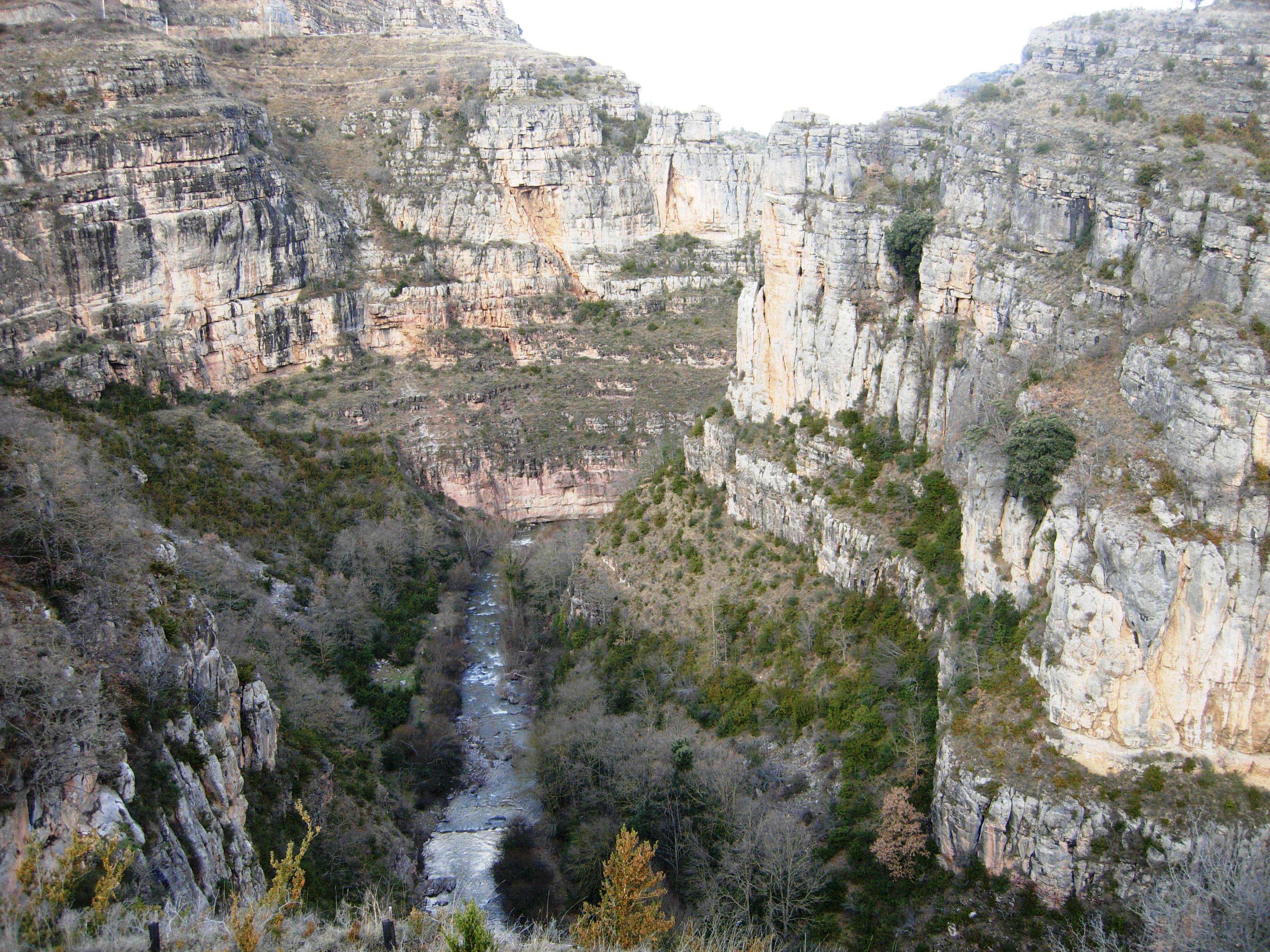
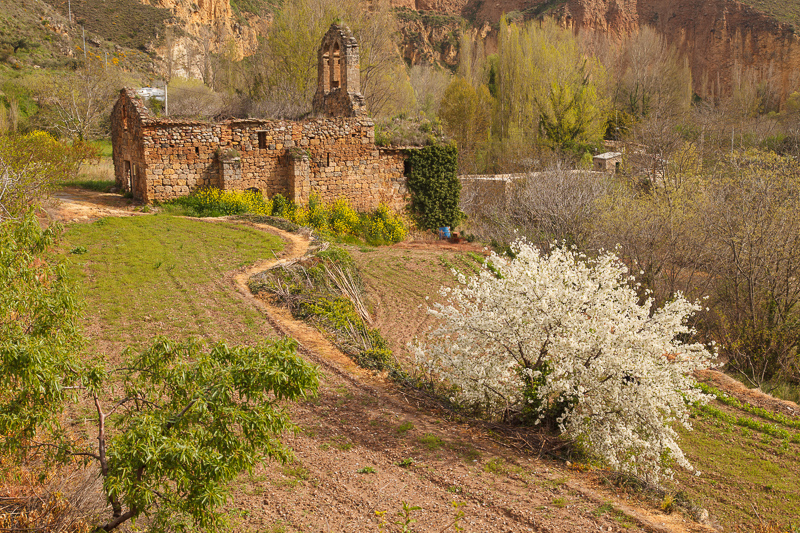
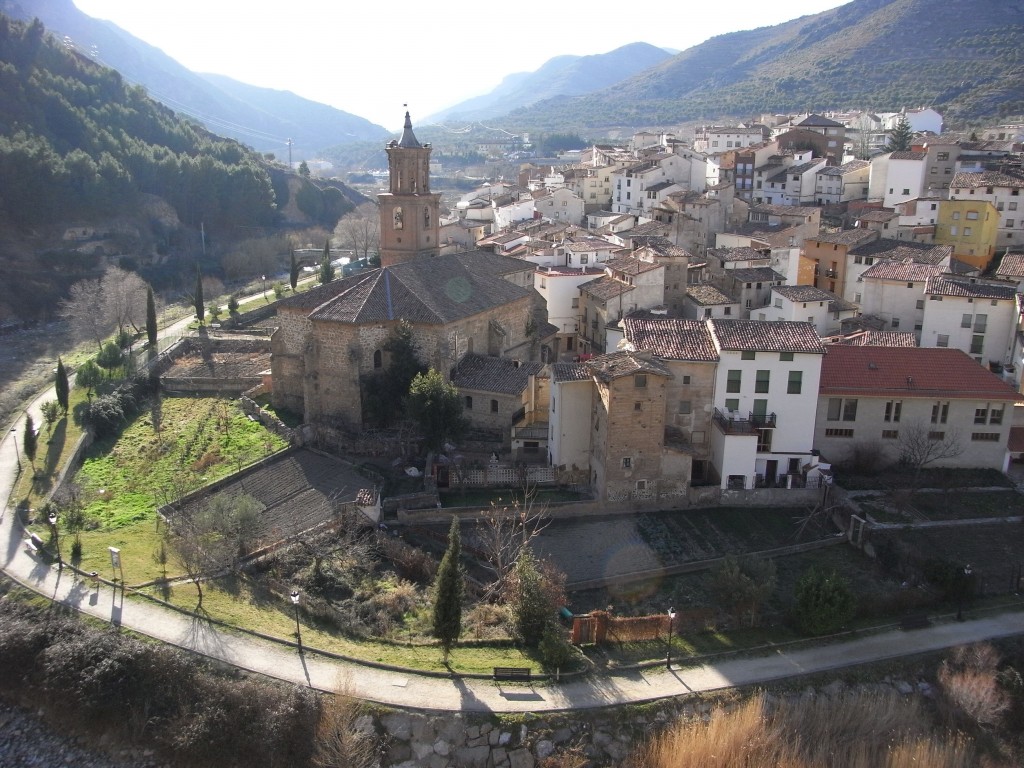
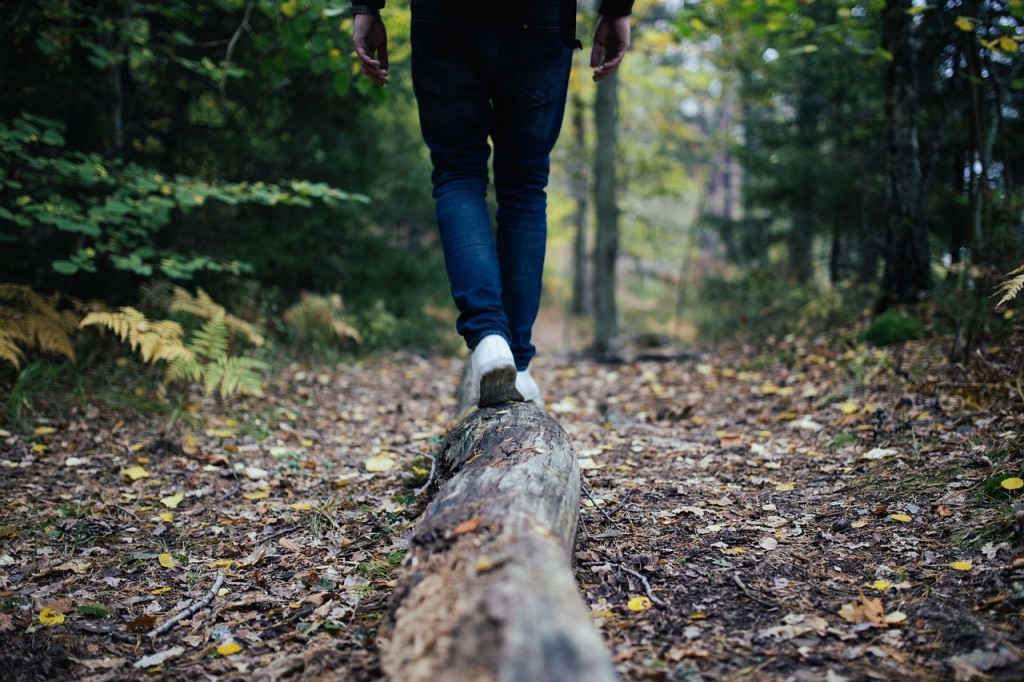
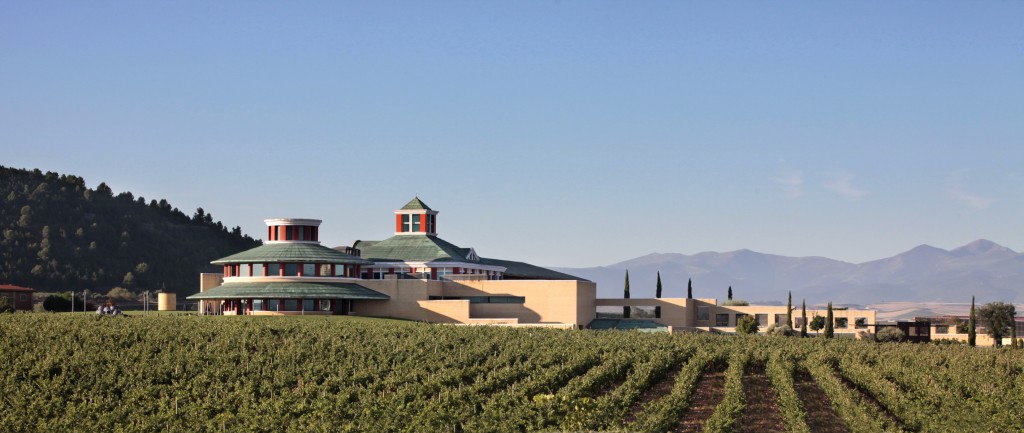

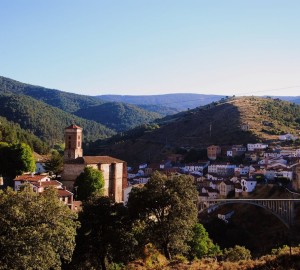
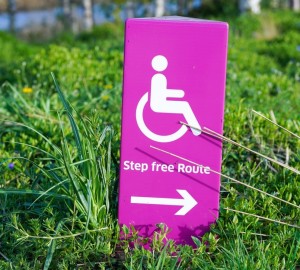







Very good documentaries and very good for broadening knowledge, okay....